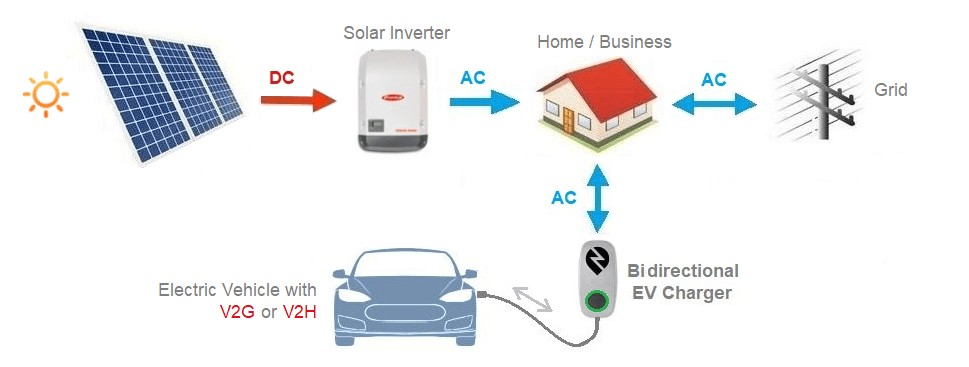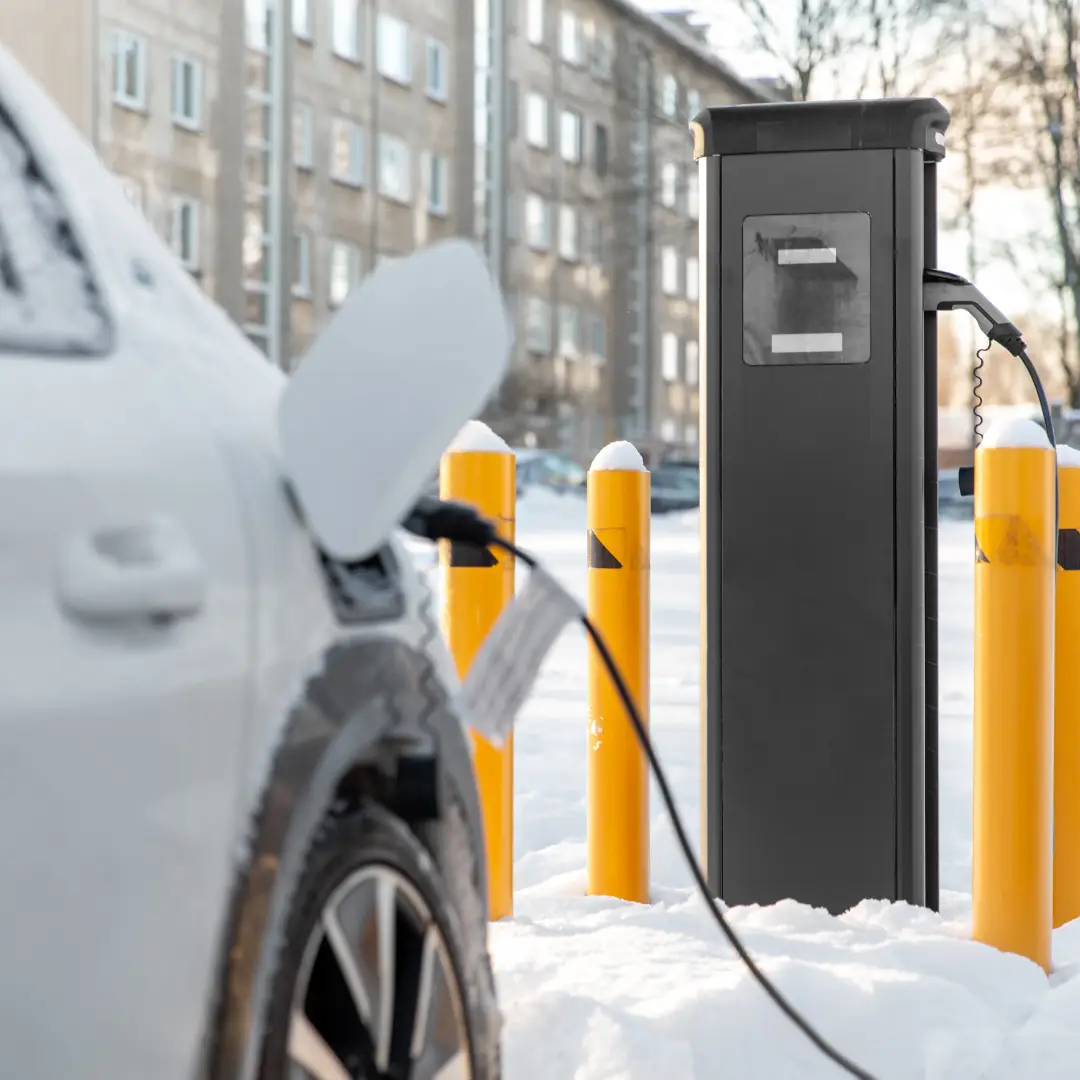As condominiums are realizing that electric vehicle charging will become a necessity for all their residents in the near future, a common question that jumps into proactive boards of directors that represent condos with hundreds of residents is: How will we be able to enable EV Charging for all of our residents if today we only have enough power to provide charging to a small percentage of the parking spaces?
After conducting an EV assessment, most boards find out that they will require a significant investment, sometimes in the order of hundreds of thousands, to upgrade their power supply. This may be very discouraging to condo managers and residents. However, there are solutions coming our way that will bring a scalable, practical approach to electric vehicle charging in condominiums with a large quantity of parking spots.
Two-way Charging or Vehicle to Grid Technology
Some cities in Europe and Canada are already deploying projects to enable Bidirectional charging. The idea behind it, as Nova Scotia Power states here, is to allow electric vehicle drivers to not only charge their EV battery, but to also take the energy stored in their battery and push it back to a home, building or the power grid.

In the case of multi-unit residential buildings (MURBs), bidirectional charging could be used as a solutions to reduce the power required from the grid and lessen the amount of investment required to upgrade the electrical grid of your condo to supply power for EV Charging as the demand grows.
Another benefit of Vehicle to Grid (V2G) technology is that users could sell energy to the electrical grid and reduce their electricity bills.
Lithium Batteries Installed in your Building to Increase Power Available
Lithium batteries can be installed in your building to supply additional power to the increasing demand of EVs charging in your condo’s electrical infrastructure. Moment Energy from British Columbia has developed a solution and called it a scalable Energy Storage System for Utilities.
There is more information to read about the technical specifications of the batteries and use case examples at Moment Energy’s website. The idea is to use the batteries to store electricity and use it when a big load, like electric vehicles charging, is connected to the grid and reduce the power required from it.

Since this solution uses batteries, it is easy to imagine how scalable this solution is. As more cars are added to a circuit, more batteries can be added as well to keep the supply at the same level for everyone.
Charging Station Sharing
As demand grows and more drivers living in multi-family dwellings adopt electric mobility, the need to share charging stations becomes more relevant. New EVs have over 300 kilometers of range and won’t require to be recharged everyday after short commutes. There will be times that charging stations won’t be used by their individual owners and could be easily shared with a neighbor. This is another way to optimize the use of the excess power available at buildings to provide everyone with an EV Charging solution.

As novel and promising these solutions are they will require constant updates and monitoring to the electric vehicle charging infrastructure of your condominium to be implemented correctly. JPlug.io ‘s service includes hardware upgrades and data monitoring as your building’s EV charging requirements grow. For this reason, it is important to think about the long term and select an EV Charging solution that scales as much as your resident’s needs.
Check our blog about Benefits of Installing EV Chargers in your Condo to learn about how you can benefit your condominium dwellers by bringing electric vehicle chargers to the property.
Contact us and get your JPlug today!


